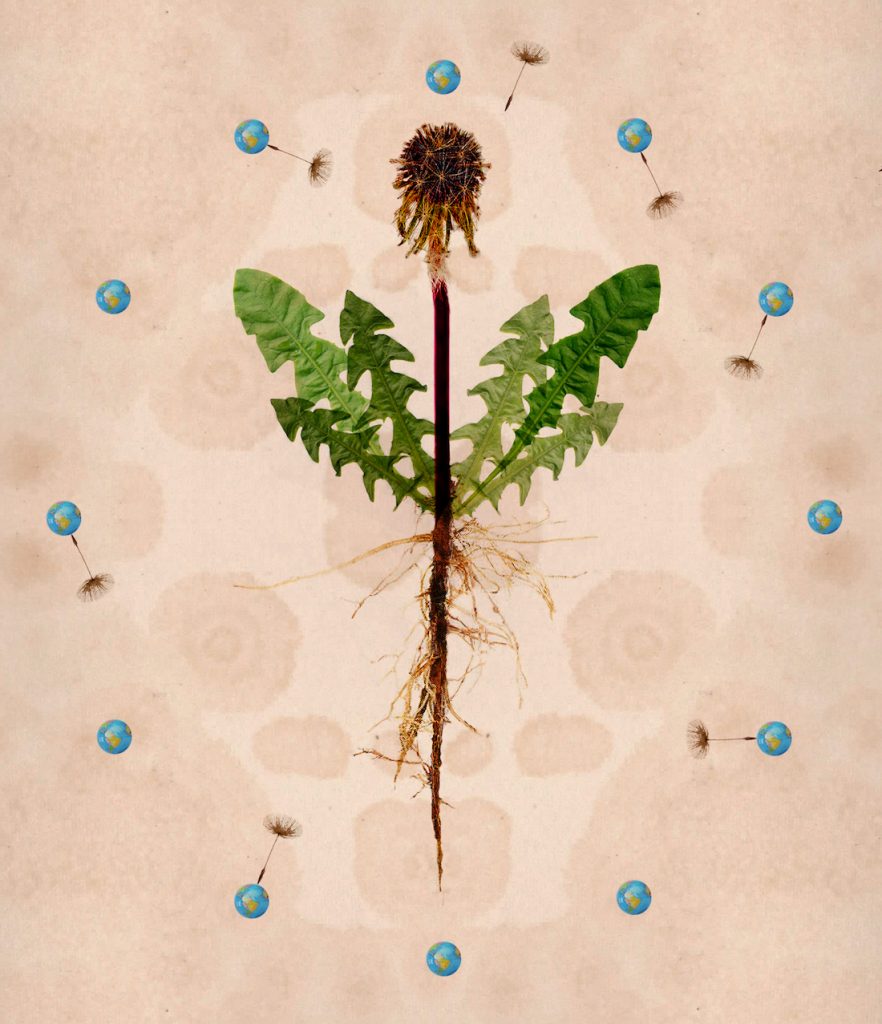With its deep taproot
the dandelion stays calm
as its head explodes
—Nancy Winkler
At the turn of the 20th century, haiku seemed on the verge of collapse. A classical art form that did not engage with the realities of modern life, it was thought too rigidly old-fashioned to survive. The poet Takahama Kyoshi seemed to make matters worse. In 1928, he described haiku with the phrase kacho-fuei, “formal composition on birds and flowers,” thus reaffirming its identity as a traditional poem written in 5-7-5 syllables, including a season word.
Did Kyoshi recognize the longing in modern people to preserve a world apart—a small, well-ordered “garden of verse” where they could contemplate their place in nature, even as nature was becoming less and less a part of their lives? Could he see where the world was headed even then?
The winning poem of the Spring 2023 Haiku Challenge relies on a popular expression to refer to a problem so difficult that attempts to solve it result in extreme frustration. In a 2012 article for the international journal Policy Sciences, researchers proposed the term “super wicked problem” to describe overwhelmingly complex global challenges like climate change. Super wicked problems have four features:
- There is a significant time deadline for finding a solution.
- Those seeking to solve the problem are also causing it.
- There is no central authority dedicated to finding a solution.
- Certain policies irrationally impede future progress.
Unlike “wicked problems”—which policy makers describe as difficult but, in theory, not impossible to solve—super wicked problems defy solution because those attempting to solve them are, effectively, their own worst enemies.
The seeding head of a dandelion is sometimes called a “clock” and sometimes a “globe”—metaphors that add dark dimensions to a poem that at first seems only amusing. The clock is ticking while the globe (i.e., world) waits to see what will happen. But we already know what will happen. The problem with climate change is us. And yet . . .
The taproots of dandelions are usually 6 to 18 inches long. But they can grow to depths of 15 feet under certain conditions. Landscapers who regard dandelions as “nuisance flowers” quickly discover the futility of digging them up. Also, dandelion roots are extremely brittle. If left in the ground, a 1-inch fragment will yield a fourfold increase of flowers in a matter of days.
Is the poet saying that human beings, even if they can’t solve head-exploding problems like climate change, are more resilient and adaptive than they know? Or is the dandelion globe a symbol for the planet’s capacity to reseed itself after an extinction-level event, restoring biodiversity over time? Possibly both meanings are implied.
Whatever his reasons for insisting that the true purpose of haiku was “to sing the beauty of birds and flowers,” Kyoshi’s strategy worked. Haiku became the dandelion of modern poetry, spreading its seeds to all levels of Japanese society and, by century’s end, to other cultures throughout the world. That this happened on the eve of a mass extinction of plant and animal life does not feel coincidental. It feels like a gift.
♦
The Tricycle Haiku Challenge asks readers to submit original works inspired by a season word. Moderator Clark Strand selects the top poems to be published in Tricycle with his commentary. To see past winners and submit your haiku, visit tricycle.org/haiku. To read additional poems of merit from recent months, visit our Tricycle Haiku Challenge group on Facebook.
Thank you for subscribing to Tricycle! As a nonprofit, we depend on readers like you to keep Buddhist teachings and practices widely available.
